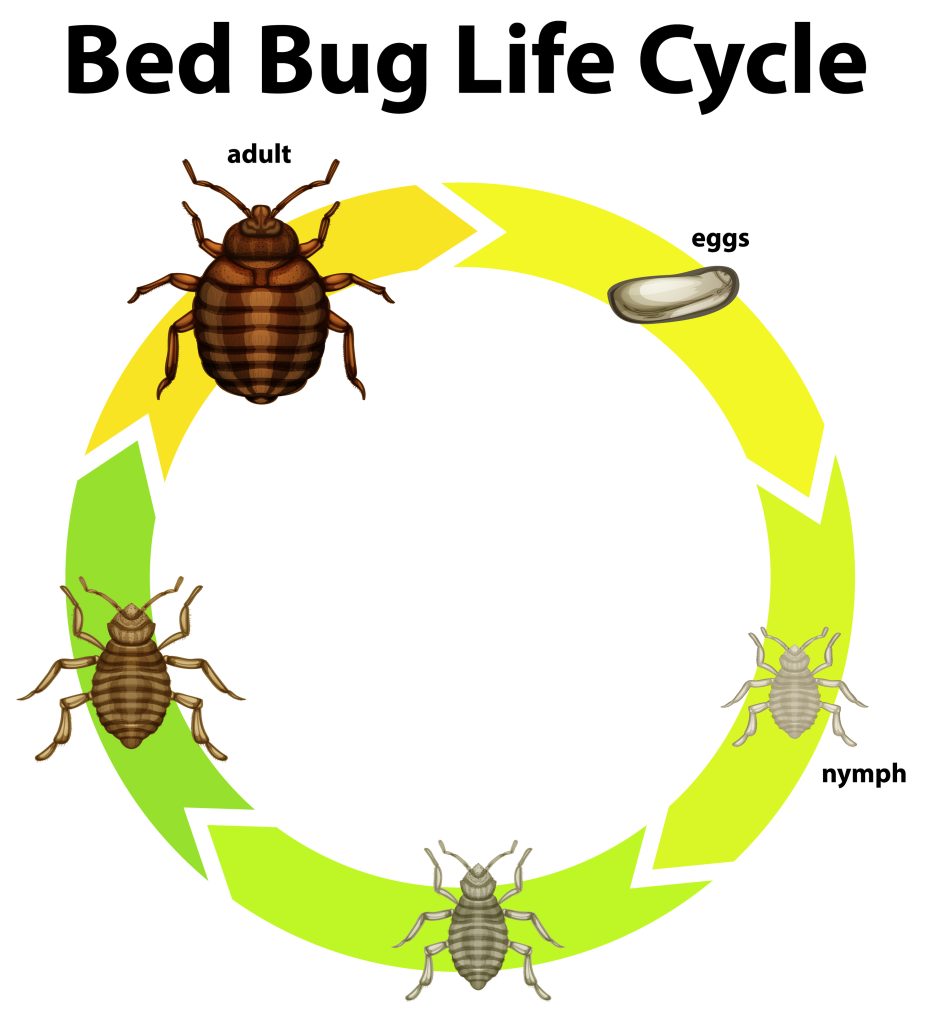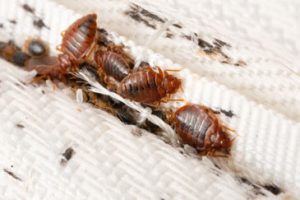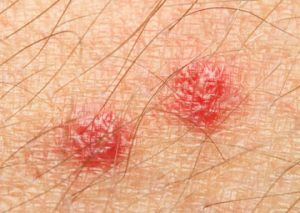Bed bugs are small, blood-sucking insects that feed on humans and animals. They have a unique life cycle that includes several stages of development. Let’s take a closer look at each stage:Egg Stage Bed bugs begin their life cycle as tiny, oval-shaped eggs that are about the size of a pinhead. These eggs are usually laid in cracks and crevices near the host’s sleeping area, such as in the seams of mattresses, box springs, or bed frames. Females can lay up to 5 eggs per day, and up to 500 in their lifetime. The eggs take about 6-10 days to hatch.
Nymph Stage After the eggs hatch, the bed bugs enter the nymph stage. Nymphs look like smaller versions of adult bed bugs, but they are not yet fully developed. They are translucent and yellowish-white in color, and they molt (shed their skin) as they grow. Bed bugs go through five nymph stages, or instars, before reaching adulthood. Each nymph stage takes about 5-10 days to complete, and during this time, the bed bugs need to feed on blood to survive.
Adult Stage Once the bed bug has gone through all five nymph stages, it reaches adulthood. Adult bed bugs are about the size of an apple seed, and they are brownish-red in color. They have a flat, oval-shaped body and are wingless. Adult bed bugs can live for several months to a year, depending on the availability of food (blood). They need to feed every 5-10 days, and they can survive for several months without feeding if necessary.
Mating and Reproduction Male bed bugs use their sharp genitalia to penetrate the female’s abdomen and inseminate her. After mating, females lay their eggs in secluded places close to their host’s sleeping area. As mentioned earlier, a single female can lay up to 500 eggs in her lifetime.
Overall, the life cycle of a bed bug from egg to adult can take anywhere from 4 to 6 weeks, depending on temperature and the availability of food. If conditions are favorable, bed bugs can reproduce quickly, making it difficult to eradicate an infestation. It’s important to take preventative measures, such as regularly inspecting and cleaning sleeping areas, to minimize the risk of bed bug infestations.
Looking for a reliable and effective bed bug treatment in Colorado Springs? Look no further! Click on the link to learn more about our professional services and how we can help you get rid of these pesky insects for good. Don’t let bed bugs ruin your sleep – contact us today!




